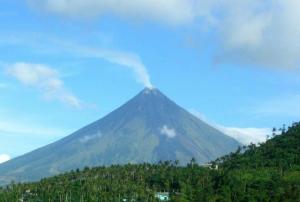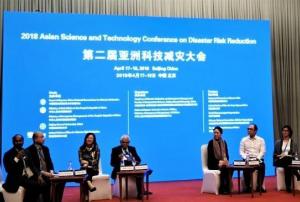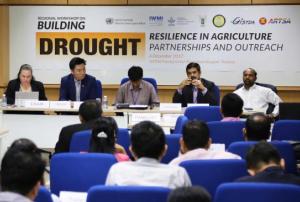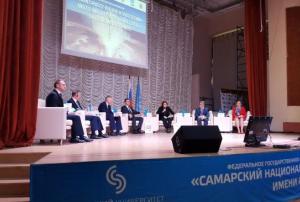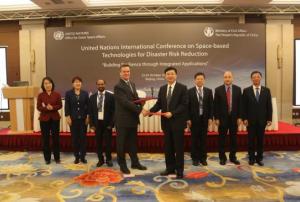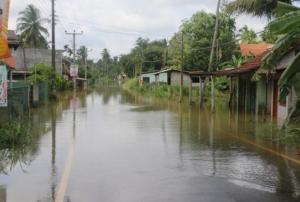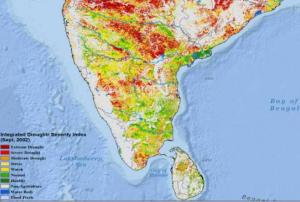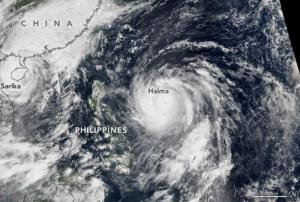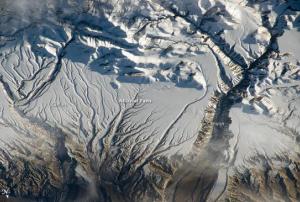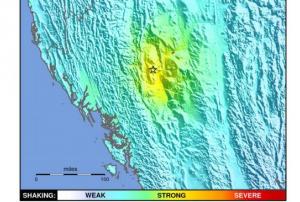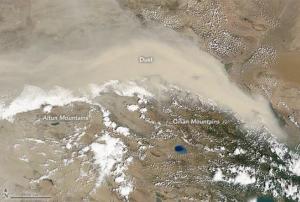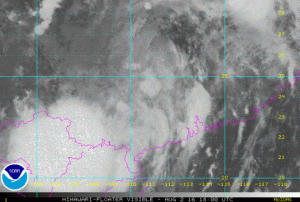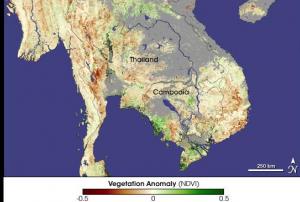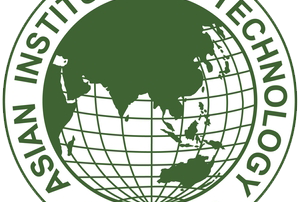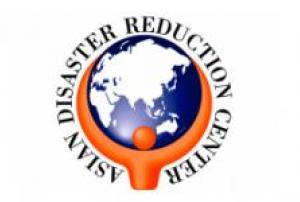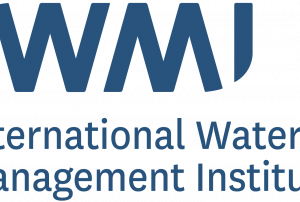First disaster responders in the Philippines now have access to mobile satellite equipment that’s more powerful and easier to deploy than ever before.
Since 2017, emergency responders have been working with communications company Inmarsat, the UK Space Agency and a consortium of NGO partners to institutionalize satellite communications into disaster response mechanisms in the country, which is regularly hit by natural disasters.
The Philippines is situated along the Pacific Ring of Fire, the Pacific Typhoon Belt, and the eastern seaboard of the Philippines, meaning the island nation is highly vulnerable to both geologic and meteorological hazards. On top of the 20 typhoons that strike the country each year, Mayon, one of the world’s most active volcanoes, is located in the country and erupts approximately every four years.
Due to the frequency of natural disasters, disaster management and response in the country...
more